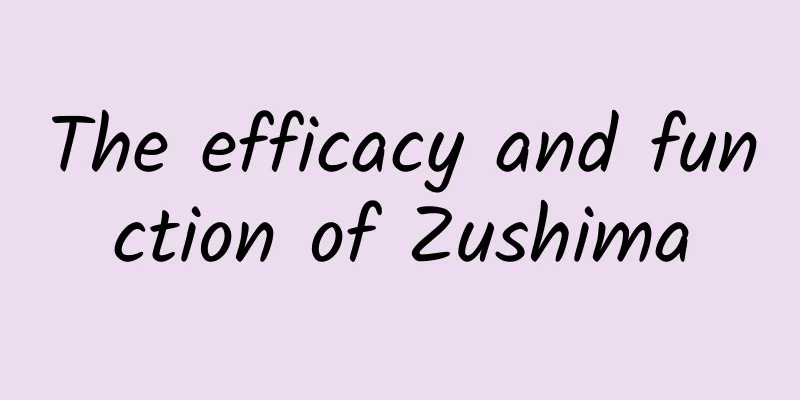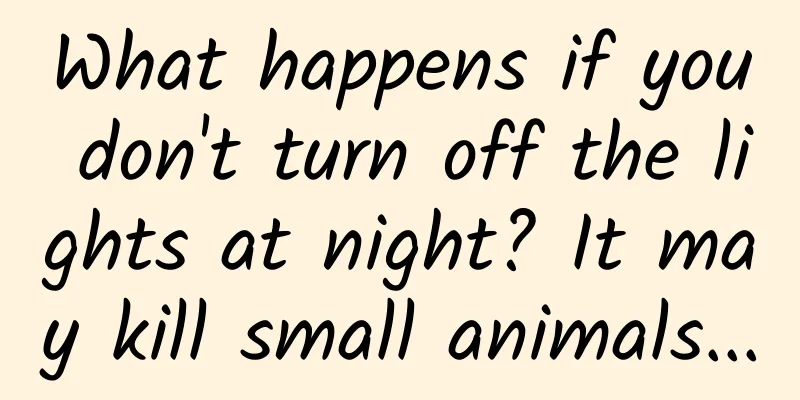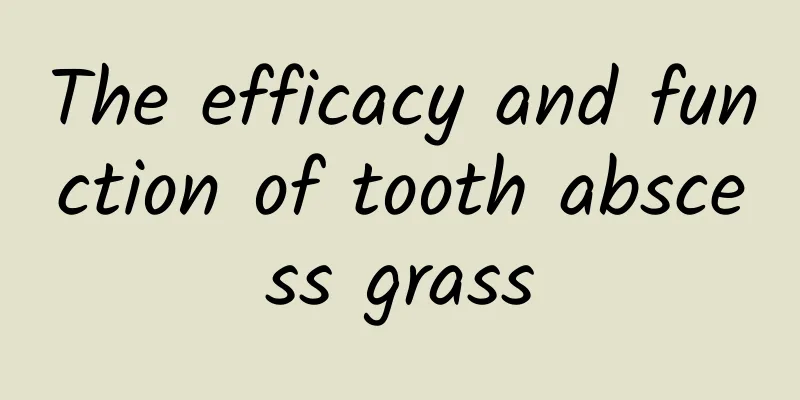The efficacy and function of Zushima

|
Zushima is a kind of Chinese herbal medicine. We can use Zushima to treat many diseases, and it also has good health-preserving effects, so we can use the different medicinal effects of Zushima to solve some small problems that bother us in life. [Source] It is the root bark or stem bark of Daphne koreana of the Thymelaeaceae family. Available all year round. [Original form] An upright deciduous shrub, up to 50 cm tall or taller, with a smooth, hairless body. Root red-yellow. Branchlets green or purple-brown. Leaves are alternate, often clustered at the tips of twigs; oblanceolate, 3 to 6 cm long, pointed or obtuse at the apex, entire, base long cuneate, extending downward into a very short petiole, green above. The bottom is covered with pinkish white frost. The terminal flower head has 3 to 8 flowers, borne on smooth, hairless short stalks; there are no bracts; the perianth is yellow, the tube is 6 to 8 mm long, with 4 lobes, pointed, about half the length of the tube; there are 8 stamens in 2 rows, borne near the top of the perianth tube; the ovary has 1 chamber. The berries are oval and bright red. Flowering period is June. Fruiting period is July. [Habitat distribution] Growing in sparse forests in mountains. Distributed in Shaanxi, Gansu, Sichuan, Qinghai and other places. [Properties] The dry root bark is ribbon-shaped, 1 to 2 cm wide, with the edges rolled inward into a tube shape. The surface is gray-brown to purple-brown, with longitudinal wrinkles and transverse stripes. The cork is easy to crack and fall off. The inner surface is light yellow to light brown, smooth, and has longitudinal texture. It is tough, not easy to break, and has a fibrous cross section. It has a faint smell and tastes slightly sour and bitter. [Properties and flavors] Shaanxi Chinese Materia Medica: "bitter, warm, slightly toxic." 【Functions and indications】 Dispel wind and dampness, relieve pain and disperse blood stasis. Treat rheumatic pain, numbness of limbs, headache, stomachache, and trauma. [Usage and Dosage] For oral use: decoct in water, 1 to 2 qian; or calcine and grind into powder. [Additional prescription] ① Treat heart and stomach pain: 1.5 qian of Zushima and 3 qian of licorice. Decoction in water. (Ningxia Chinese Herbal Medicine Handbook) [Clinical application] Treatment of arthritis: Make Zushima into 20% Zushima wine, soak it with four layers of gauze, apply it to the affected area, cover it with a layer of plastic cloth and then bandage it. After 10 to 30 minutes, there will be a local sensation of heat and burning pain; after 4 to 6 hours, blisters will appear. Under sterile operation, the fluid in the blister is extracted, and the blister skin will scab and fall off after 3 to 5 days. Apply it again according to the condition of the disease, generally 2 to 4 times will be enough. Or use 200 grams of Zushima fine powder and 800 grams of vaseline, mix into ointment, and apply appropriate amount to the affected area. Cover with plastic sheet and bandage. Local blisters will appear in about 6 to 8 hours and the treatment method is the same as above. It can also be made into a 20% Zushima plaster, which can be heated and applied to the affected area when used. After 30 hours of application, local itching, heat, red papules and exudate appeared, and the plaster was removed on the 5th to 6th day. After the local symptoms disappear, apply it again according to the condition, generally 2 to 3 times. A total of 50 cases of rheumatoid arthritis, 38 cases of benign arthritis, 7 cases of traumatic arthritis, 5 cases of rheumatoid arthritis, and 11 cases of low back pain and muscle pain were treated; 66 cases (59.5%) were cured, 38 cases (34.2%) improved, and 7 cases (6.3%) were ineffective. As a foaming agent, Zushima can improve local circulation, remove blood stasis, activate blood circulation, and unblock blood vessels. If there is no local reaction after medication, the therapeutic effect is poor. During the treatment, a small number of patients may experience reactions of varying degrees, such as rash, fever, and drowsiness, but these have no adverse consequences and disappear on their own after stopping the medication for a few days. Tinctures and ointments cause more severe local reactions and are suitable for more seriously ill patients; plasters are suitable for waist and leg pain in the elderly, weak people, children, women, etc. This product can penetrate the skin and mucous membranes, so care must be taken during processing. 【Excerpt】 《*Dictionary》 【Source】 From Shaanxi Traditional Chinese Medicine Records In order to let more friends know about Zushima, you can introduce it to your friends so that more people will know how to use this medicine. |
<<: The efficacy and function of ground-drilling wind
>>: The efficacy and function of Zouma Fetal Leaf
Recommend
The efficacy and function of Chinese yam[picture]
As people's research on traditional Chinese m...
The Insight-HXMT satellite has made new discoveries? You need to know the man behind the scenes
Recently, my country's Insight-HXMT satellite...
The efficacy and function of four-leaf ginseng
Four-leaf ginseng is a very common Chinese medici...
What are the medicinal values of the resurrection grass?
Many people find it magical when they hear about ...
The efficacy and function of Asarum
Speaking of northern asarum, I believe many frien...
The efficacy and function of Polygonum convolutum
Polygonum convolvulus is something that many peop...
What are the functions of Panax notoginseng?
Many people don’t know much about Panax notoginse...
Can pine pollen lower blood sugar?
As we all know, pine pollen is a natural health p...
New favorite of renewable energy? Chinese scientists "turn waste into treasure" and may solve a century-old problem
For more than a century, scientists have been try...
When is the best time to take Panax notoginseng?
Panax notoginseng powder is one of the most commo...
The role of traditional Chinese medicine Polygonum multiflorum
Many of our friends may not know much about the e...
What are the effects and functions of buffalo horn concentrated powder
The medicinal value of buffalo horn concentrated ...
How to clean Cordyceps before eating
How to clean Cordyceps sinensis? Since Cordyceps ...
The efficacy and function of Guanzhong charcoal
Guanzhong charcoal has the effect of clearing awa...
The efficacy and function of spider molting
I don’t know if you are familiar with spider molt...









